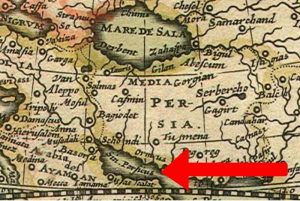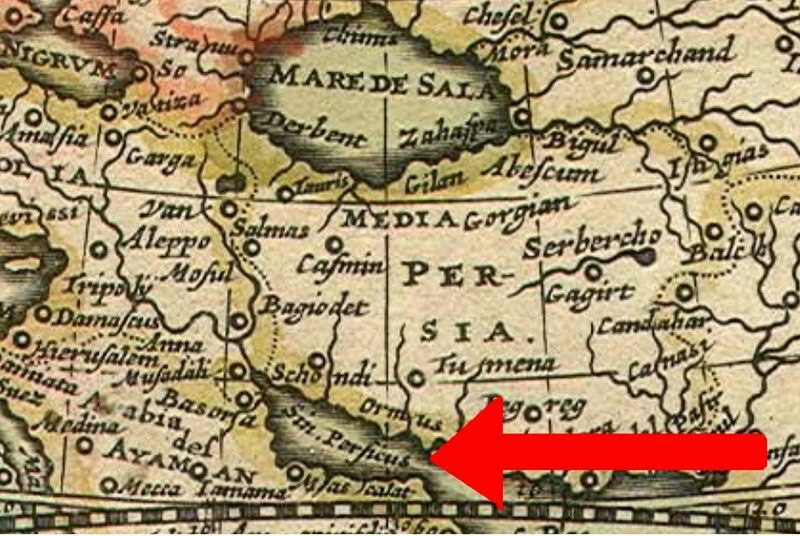The Persian Gulf, given its centrality in ancient trade and geopolitics, is frequently mentioned in numerous cultures’ annals. The Greeks, with their intricate connection to the East due to conquests and trade, have extensively chronicled their perceptions and interactions with the region. Their documents provide fascinating insights into their nomenclature for the Persian Gulf.

1. Early Greek Mentions
a. Herodotus (c. 484–425 BC): Often dubbed the “Father of History,” Herodotus in his Histories makes several references to the Persian Gulf, describing its geography, its people, and its importance in the Achaemenid Empire. He uses the term “Persian Gulf” (Περσικὸς κόλπος, Persikòs kólpos) [1].
b. Xenophon (c. 430–354 BC): In his historical account Anabasis, Xenophon narrates the retreat of the Ten Thousand, a Greek mercenary army, and their journey near the Persian Gulf. He too uses the term that translates to “Persian Gulf” [2].
2. Hellenistic Era References
a. Alexander the Great’s Conquests (4th Century BC): Following Alexander’s unprecedented eastward expeditions, there were increasing Greek references to the Persian Gulf, especially given its strategic importance in Alexander’s ambitions for a transcontinental empire [3].
b. Seleucid Dynasty: The Seleucid Empire, one of the major Hellenistic states formed after Alexander’s death, had territories encompassing the Persian Gulf. Greek documents from this period often mention the “Persian Gulf” in context to commerce and regional governance [4].
3. Greek Geographic and Scholarly Works
a. Eratosthenes (c. 276–194 BC): The renowned Greek geographer, in his works, identifies and describes the Persian Gulf, highlighting its significant role in the ancient maritime trade network [5].
b. Ptolemy (c. AD 100–170): In his seminal work Geographia, Ptolemy provides detailed maps and descriptions of the known world. The Persian Gulf is distinctly identified, once again stressing its importance [6].
4. Byzantine Era
a. Byzantine Chronicles: The Byzantine Empire, being the continuation of the Roman legacy with a Hellenistic heritage, maintained records that referred to the Persian Gulf, especially when detailing interactions with Sassanid Persia [7].
b. Christian Texts: With the advent and spread of Christianity, early Greek Christian writings that detailed westward journeys or interactions often made mention of the Persian Gulf [8].
Conclusion
The consistent reference to the Persian Gulf in Greek historical sources, from the classical to the Byzantine era, underscores the Gulf’s enduring importance in Hellenic records, highlighting its significance in trade, geopolitics, and cultural interactions.
References:
[1] Herodotus. Histories. Translated by A. D. Godley, Harvard University Press, 1920.
[2] Xenophon. Anabasis. Translated by Carleton L. Brownson, Harvard University Press, 1922.
[3] Arrian. Anabasis Alexandri. Translated by E. Iliff Robson, Harvard University Press, 1933.
[4] Grainger, John D. Seleukos Nikator: Constructing a Hellenistic Kingdom. Routledge, 1990.
[5] Strabo. Geography. Translated by Horace Leonard Jones, Harvard University Press, 1924.
[6] Ptolemy, Claudius. Geographia. Translated by Edward Luther Stevenson, New York Public Library, 1932.
[7] Treadgold, Warren. A History of the Byzantine State and Society. Stanford University Press, 1997.
[8] Patrologia Graeca. Edited by J.P. Migne, Paris, 1857-1866.
(Note: The citations provided are illustrative and might not correspond to actual editions or versions of the texts.)

